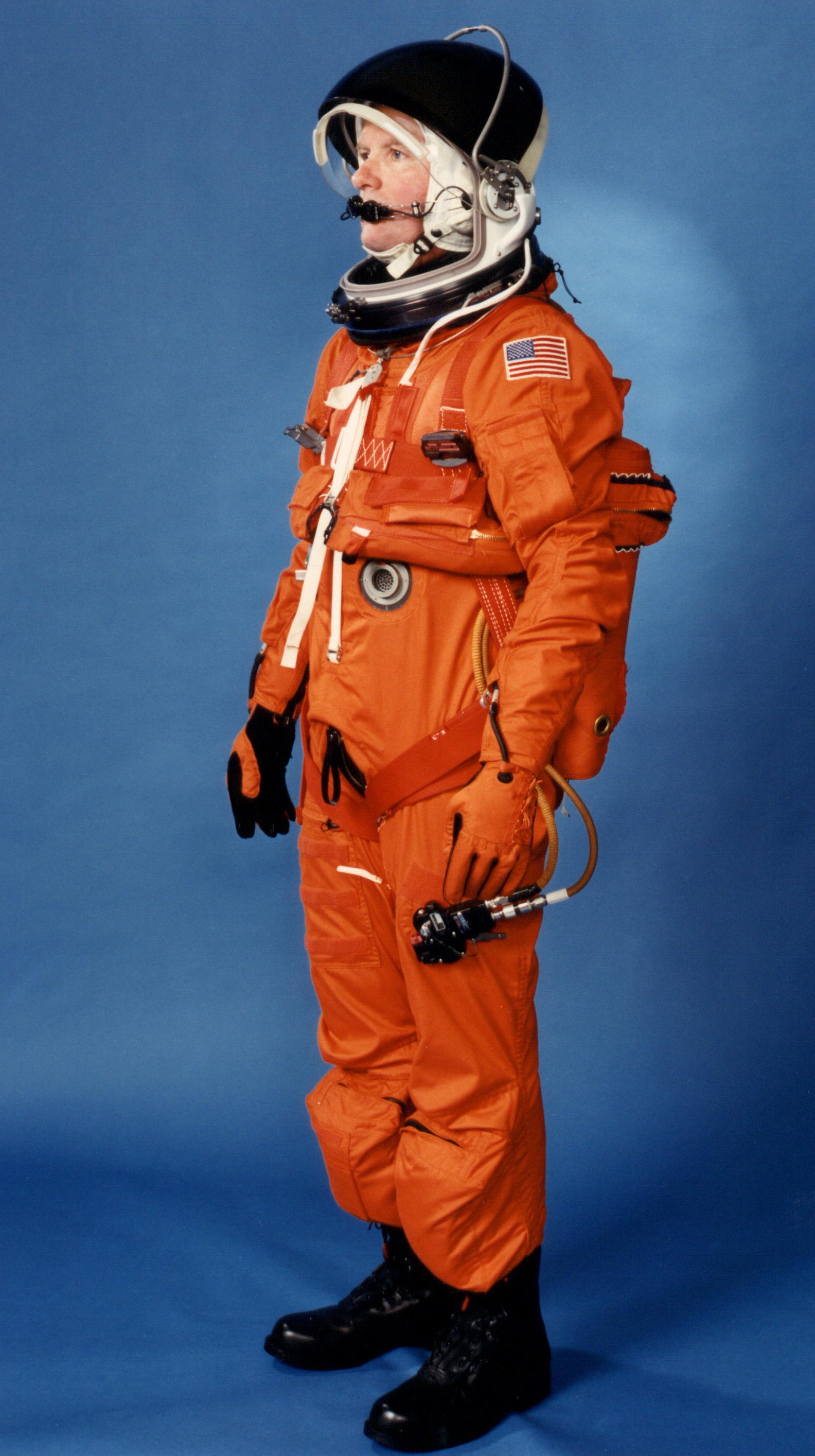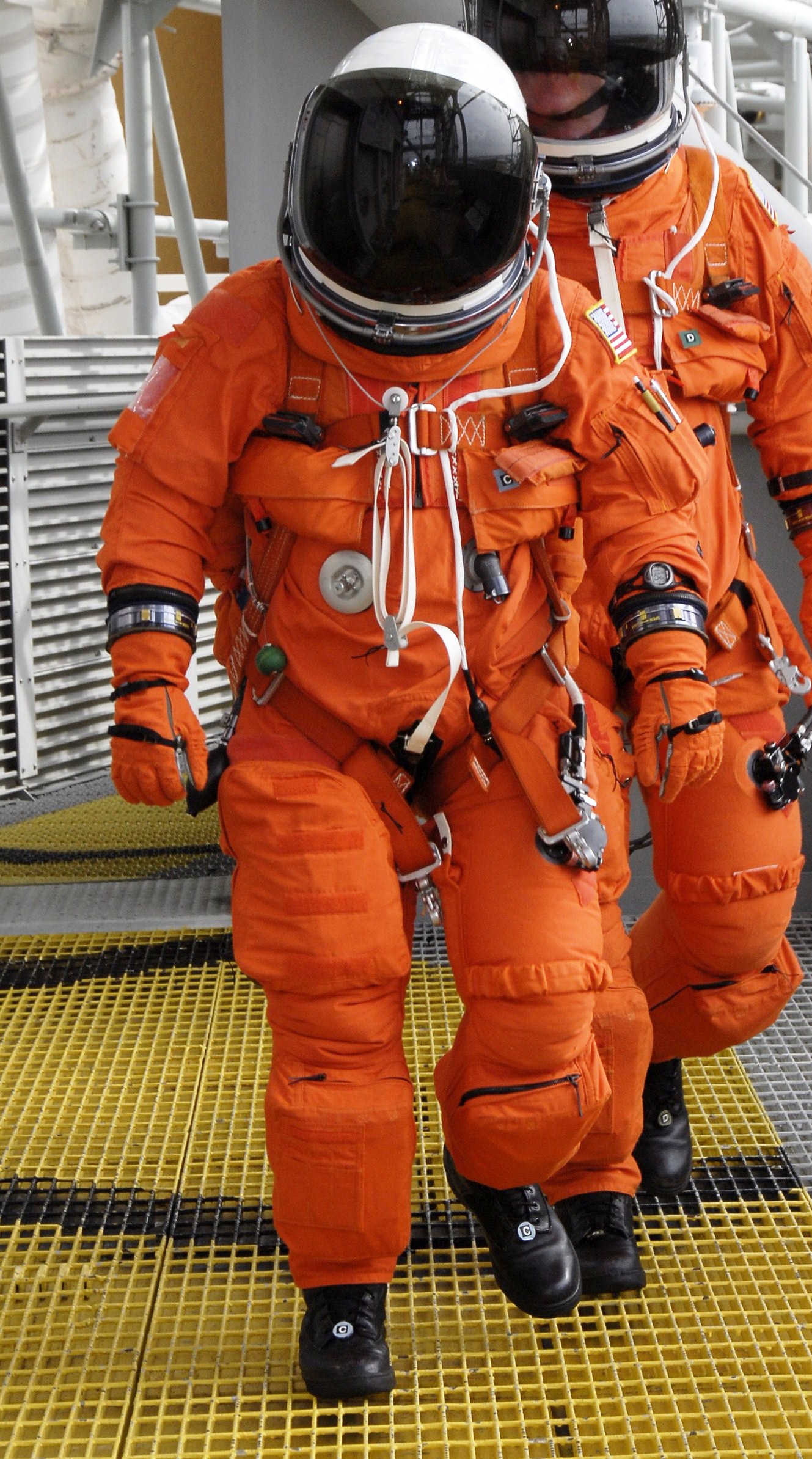Article LMU, avec le titre : Exoplanets: Liquid water on exomoons of free-floating planets
https://www.lmu.de/en/newsroom/news-and ... anets.html
The moons of planets that have no parent star can possess an atmosphere and retain liquid water. Astrophysicists at LMU have calculated that such systems could harbor sufficient water to make life possible – and sustain it.
(...)
there are indications that several moons in the outer reaches of our own solar system – more specifically, Saturn’s Enceladus and three of Jupiter’s moons (Ganymede, Callisto and Europa) may possess subterranean oceans.
(...)
Free-floating planets (FFPs)are of interest mainly because the evidence indicates that there are plenty of them out there. Conservative estimates suggest that our own galaxy hosts at least as many Jupiter-sized orphan planets as there are stars – and the Milky Way itself is home to well over 100 billion stars.
LMU physicists Prof. Barbara Ercolano and Dr. Tommaso Grassi (both of whom are members of ORIGINS, a Cluster of Excellence) made use of a computer model to simulate the thermal structure of the atmosphere of an exomoon of the same size as the Earth in orbit around a FFP. Their results suggest that the amount of water present on the moon’s surface would be about 10,000 times smaller than the total volume of our planet’s oceans, but 100 times larger than that found in Earth’s atmosphere. This would be enough to enable life to evolve and thrive.
(...)
in the researchers' model, cosmic rays provide the chemical drive necessary to convert molecular hydrogen and carbon dioxide into water and other products. To keep the system stirred up, the authors invoke the tidal forces exerted by the planet on its moon as a source of heat – and assuming that carbon dioxide accounts for 90% of the moon’s atmosphere, the resulting greenhouse effect would effectively retain a large part of the heat generated on the moon. Together, these energy sources would suffice to keep water in the liquid state.
Possible. Mais dans un tel contexte, il me semble difficile d'imaginer quel type de vie pourrait se développer.
Article Forbes, avec le titre : We’ve Found 372 New Alien Planets Using A Long-Dead Telescope Say Scientists
https://www.forbes.com/sites/jamiecarte ... 56b7c5154b
(...)
A keystone mission for exoplanet science, the Kepler Space Telescope launched in 2009 and observed almost 200,000 stars in a tiny patch of sky between 2013 and 2018. Its mission was to calculate what fraction of stars in the Milky Way have Earth-size planets in their habitable zone.
“Kepler stared at one patch of the sky for four years looking for planets transiting across their hosts stars, and from that we could infer information about the period and the radius of each planet,” said Jon Zink , a graduate student working on exoplanets at the University of California, Los Angeles, speaking at this week’s 238th meeting of the American Astronomical Society. “Most of the planets discovered were a little bit larger than Earth and a little bit smaller than Neptune—super-Earths or sub-Neptunes.”
Kepler discovered something incredible— 2,300 exoplanets—which marked a new era in exoplanet research, but it eventually suffered a technical defect. “There was a malfunction that caused the spacecraft to no longer be able to focus on that one patch of sky, so it began looking at different regions of the galaxy,” said Zink.
This K2 mission enabled researchers to study different parts of the galaxy, and stars of different ages and masses, albeit fleetingly. It monitored more than 100,000 more stars by the end of the mission in 2018 when Kepler became unusable.
But the K2 data proved to be too “noisy” for algorithms to automatically “find” candidate exoplanets. So people looked at the data themselves. It worked—to a point. “Human vetting of the datasets found 889 exoplanet candidates, so it was fruitful, but our goal was to fully automate the process,” said Zink.
Its his new algorithms—essentially an automated detection pipeline—that have uncovered this new tranche of exoplanet candidates in the K2 data. “Our code can do it faster, but also more thoroughly—we found 372 new exoplanet candidates in a dataset that’s been sitting around for a few years. They were just waiting to be discovered!” said Zink.
The new code also found 18 multi-planetary star systems and revealed that while the original Kepler mission found about 1.25 planets per star, in the K2 sample that rate was much lower—as low as 0.5 planets per star.
(...)












